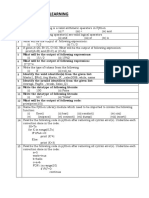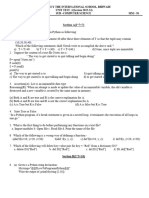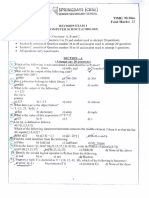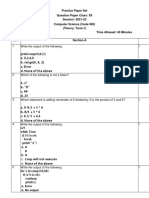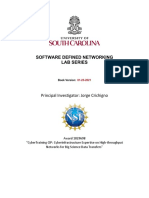0% found this document useful (0 votes)
39 views6 pagesHolidays Homework Class XII A Computer Science 2025
The document outlines holiday homework assignments for class XII A in Computer Science for the academic year 2025-26. It includes various tasks such as coding exercises, true/false questions, and programming challenges related to Python functions and data structures. The assignments aim to reinforce students' understanding of Python programming concepts and their practical applications.
Uploaded by
Rupam KumariCopyright
© © All Rights Reserved
We take content rights seriously. If you suspect this is your content, claim it here.
Available Formats
Download as DOCX, PDF, TXT or read online on Scribd
0% found this document useful (0 votes)
39 views6 pagesHolidays Homework Class XII A Computer Science 2025
The document outlines holiday homework assignments for class XII A in Computer Science for the academic year 2025-26. It includes various tasks such as coding exercises, true/false questions, and programming challenges related to Python functions and data structures. The assignments aim to reinforce students' understanding of Python programming concepts and their practical applications.
Uploaded by
Rupam KumariCopyright
© © All Rights Reserved
We take content rights seriously. If you suspect this is your content, claim it here.
Available Formats
Download as DOCX, PDF, TXT or read online on Scribd
/ 6



































